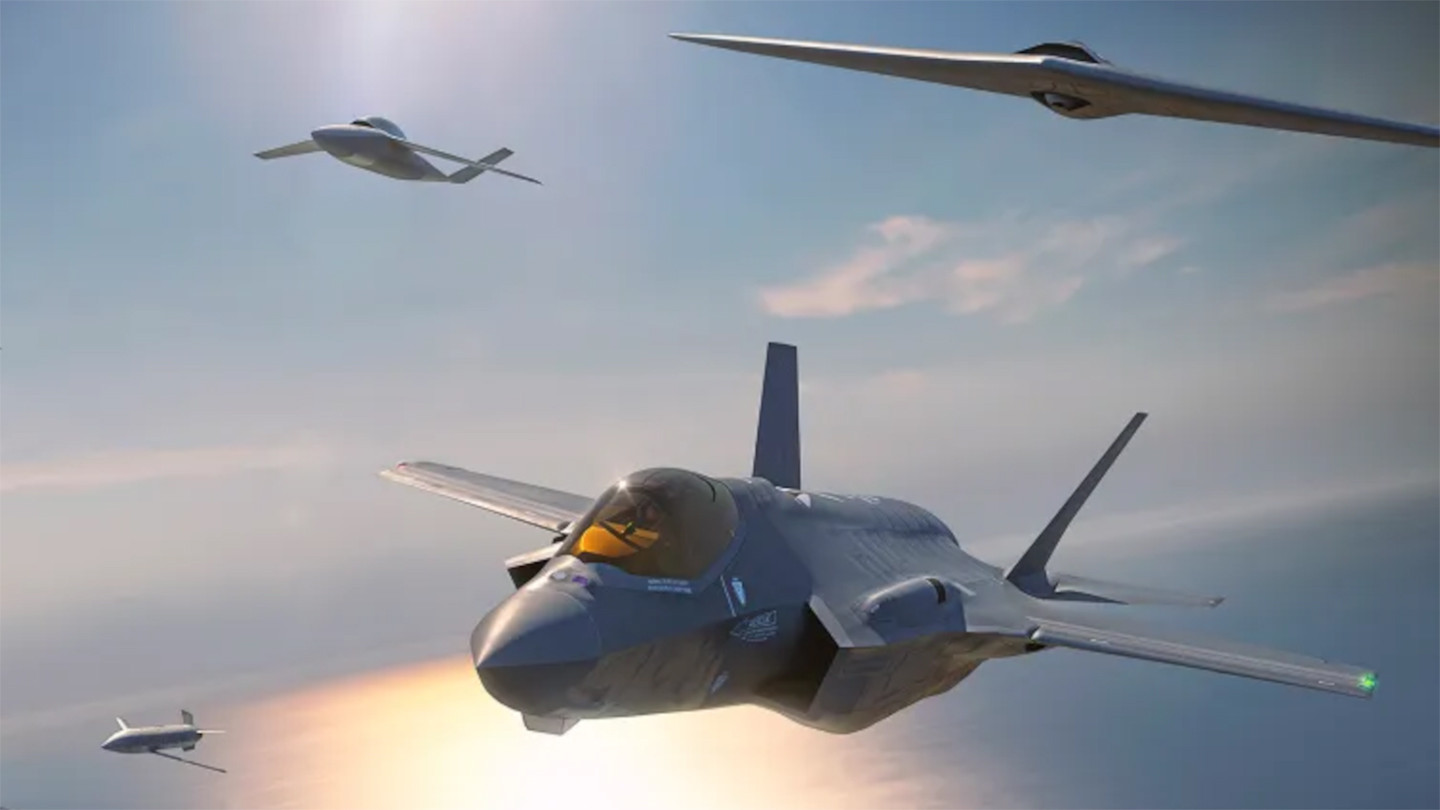Lockheed Martin’s losing entry in the first increment of the U.S. Air Force’s Collaborative Combat Aircraft (CCA) drone program was a very stealthy design, the head of the famed Skunk Works advanced projects division has disclosed. The company is now expecting future CCA increments to revolve around proposals that might lean closer to not just being lower-cost, but maybe even expendable, to support a concept of operations that requires tolerance for very high losses. All of this speaks to broader questions about how the Air Force is balancing capabilities and cost with regard to CCAs, which the service sees as critical to winning future conflicts, especially high-end fights against near-peer competitors like China.
John Clark, Lockheed Martin Vice President and General Manager of Advanced Development Programs (ADP), better known as Skunk Works, spoke to The War Zone and others about CCAs and other developments at the Air & Space Forces Association’s main annual conference today. In April, the Air Force announced that it had picked General Atomics and Anduril to proceed in the CCA program’s Increment One. The service is still in the process of refining its requirements for a second of what is expected to be multiple subsequent increments. The expectation currently is that CCAs of any kind will work very closely together with crewed combat aircraft and under the direct supervision of human operators.
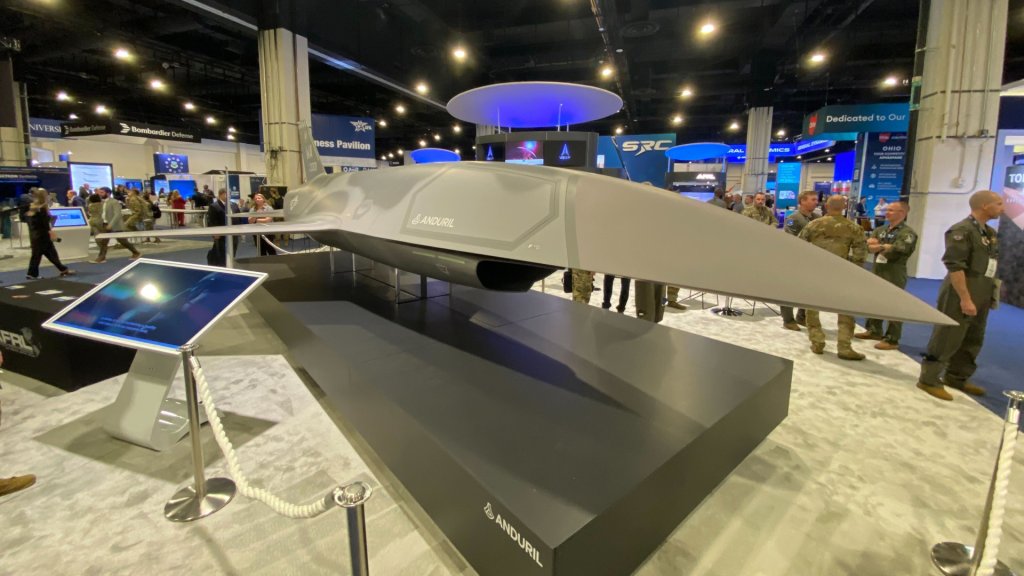
“Our Increment One offering had higher levels of stealth than were necessary in the requirements because of the operational analysis conviction of building something that actually had value to the Air Force over the long haul,” Clark said. “I think, hindsight 20/20, we could certainly armchair quarterback and say, well the Air Force isn’t valuing survivability right now, so we gold-plated something they didn’t need gold-plated.”
Clark did not mention it explicitly, but in 2022, Skunk Works had publicly laid out a future crewed-uncrewed teaming vision that included multiple tiers of drones, including a very low-observable (stealthy) type, as you can read more about here.

The designs that General Atomics and Anduril are working on right now both have stealthy characteristics, but neither one has a very high level of broadband low-observability (stealthiness) like one might find on something like Northrop Grumman’s B-21 Raider stealth bomber. The War Zone just explored these trade-offs in a story about how the U.S. military is continuing to pass over more exquisite, very stealthy, and highly autonomous uncrewed combat air vehicles (UCAV) in favor of pursuing lower-tier CCAs. This is despite China and others actively pursuing stealthy flying wing UCAVs.
“You can go look at what’s represented in GA’s [General Atomics] booth or the AFRL [Air Force Research Laboratory] booth. What you see is that they try to take all the [radar signal] energy … [and] as it comes nose on it splashes around,” Clark added. “But if you look there’s these tails on the side that are big reflectors that all that energy hits the side of the tail and comes right back.”
General Atomics and Anduril brought models of their respective CCAs to display at the AFA convention. General Atomics’ XQ-67 Off-Board Sensing Station (OBSS) drone, which it developed for AFRL and from which its CCA design is partially derived, is also on the show floor.
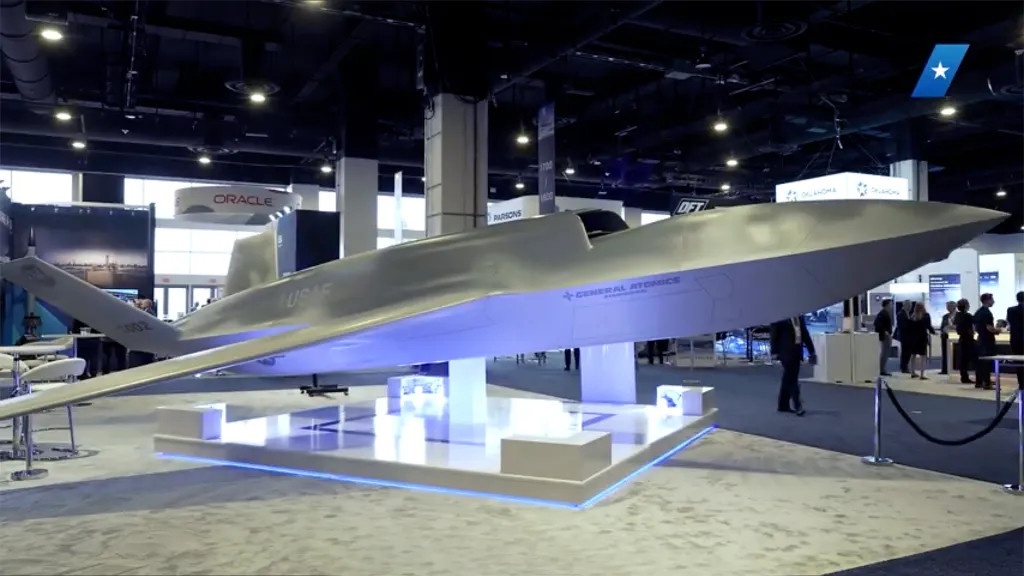
“The way it reaches its survivability is modest stealth with a lot of interoperability with other Department of Defense systems,” Michael Atwood, VP of Advanced Programs for General Atomics, told The War Zone about his company’s CCA in a separate interview from the show floor that you can find here.
Skunk Works’ Clark did acknowledge other ways to achieve survivability beyond stealthy design features. However, he argued that things like electronic warfare jammers and other countermeasures are complementary rather than substitutes for higher degrees of stealth.
“Do you want to put your asset at risk? Do you want to put your crew at risk on the premise of the countermeasure alone? Or do you want to have a very solid foundation that allows you to get closer and interoperate, or have that freedom of maneuver, and then if something happens to go bad, I can employ the countermeasure as an evasive tactic?,” Clark asked rhetorically. “I’m going to drive in on the adversary. And what happens if that [AN/]ALQ-99 just happens to stop working right when I go into the adversary area? The jammer is no longer working and I’ve now put myself in dire straits. There’s no escaping that.”
“So that’s philosophically the way that we look at it is it putting countermeasures together on top of stealth [is] very good,” he continued. “Not having that basic foundation that we begin with puts yourself in a very risky situation that if it works, great. [But] none of that stuff works 100 percent of the time.”
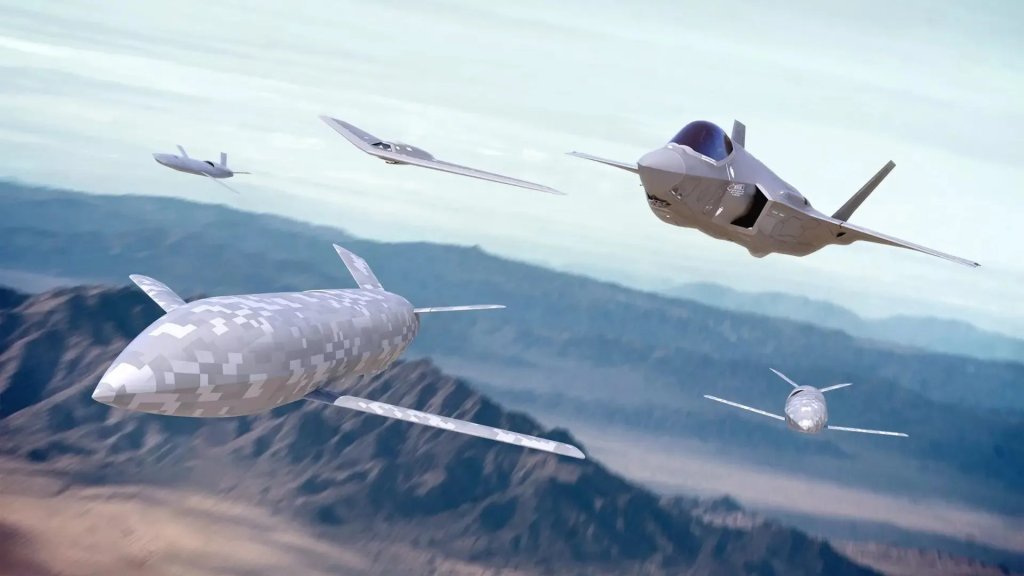
All of this is impacting how Lockheed Martin plans to approach the second increment of the CCA program and its beliefs about what the Air Force is likely to be looking for in that next phase.
“So with Increment Two, I think that right now we’re actively looking at how the Air Force is going to go with their requirements. I think that what we see from a macro level… environment, is that something … that has more expendable characteristics and is at a much, much lower cost point,” Clark said. That “seems to be a good place to go explore. And so that’s where we’re exploring and putting time and energy in is in that trade space, because ultimately, from a buying power perspective, you’ve got to find something that’s actually executing the mission, but not costing the national treasury on the first day of the war when you lose most of your aircraft.”
Clark stressed that this was Lockheed Martin’s view based on the information it has in hand and not on the actual Increment Two CCA requirements, which the Air Force says it has not finalized. It is interesting to note here that the U.S. Navy has presented a vision for its CCA program, which is separate, but heavily intertwined with the Air Force effort, wherein drones might be ‘expended’ as munitions or targets when they reach the end of what could be very short service lives.
At least for Increment One CCAs, the Air Force has been targeting a unit cost of roughly a quarter to a third of the price of an F-35 Joint Strike Fighter. F-35 prices differ based on variant and fluctuate regularly, but publicly available data puts the CCA price range between around $20.5 and $27.5 million. As The War Zone has reported in the past, what is known about the Increment One requirements has pointed to higher performance designs with price points at the very high end of the project cost range.
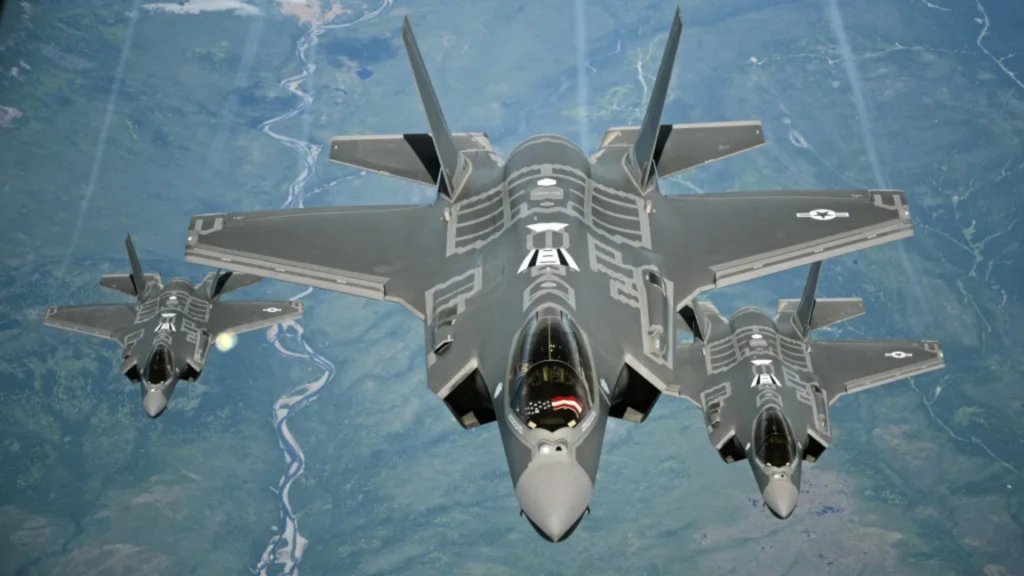
“I think that there will … be a reckoning to come at some point when [the Air Force is] looking at [a scenario where] … I’m going to spend $15 million or $20 million an airplane, and the OA [operational analysis] is telling me that 80 percent or more of them don’t make it home,” Clark said. “How many airplanes am I willing to spend that sort of money on before that’s a losing proposition financially as a nation.”
“That’s a question that I’m very interested in how the Air Force will ultimately choose to go down that path,” he continued. “What is the right place from an expendable asset [perspective] and what’s the right place from an attritable [one], and where do you want to have something that comes home every time? And I think that’s part of what the Air Force is looking to go experiment with and learn more about … but that’s something that, given our OA, we already have some strong convictions about what we think is necessary.”
These are certainly questions the Air Force will need to answer and the service has already made clear that what it will want from CCA Increment Two could be dramatically different from the Increment One requirements.
“So what should Increment 2 be? Do not assume and it may not be just an evolution of Increment 1. It could be an entirely different set of missions. Could be [an] entirely different kind of an aircraft,” Andrew Hunter, Assistant Secretary of the Air Force for Acquisition, Technology & Logistics, said at the 2024 Defense News Conference earlier this month. “And so part of that initial work is, again, starting with a large vendor pool, what are the good ideas out there? We’ll have some ideas [about] what we think Increment 2 needs to do as part of a broader force, and that’s part of this broader look at air dominance and how we’re going to deliver that.”
The Air Force is also expecting to face broader budgetary pressures in the coming years, a reality that has already helped prompt a top-to-bottom review of plans to acquire a new crewed sixth-generation stealth combat jet. That aircraft and the CCA drones are part of the service’s larger Next Generation Air Dominance (NGAD) modernization effort. The future of the NGAD combat jet, as well as the CCA Increment Two requirements, are also now further tied to other ongoing deliberations about stealth tankers and other future aerial refueling capabilities, as you can read more about here.

Regardless, it is now clear that Skunk Works passionately believed a more advanced and survivable design was the outright critical route for the Air Force’s CCA needs, a gamble that ended up in a loss on Increment One, but things could change if the service learns that its cheaper and simpler designs outright lack combat effectiveness and general survivability.
Contact the author: joe@twz.com
